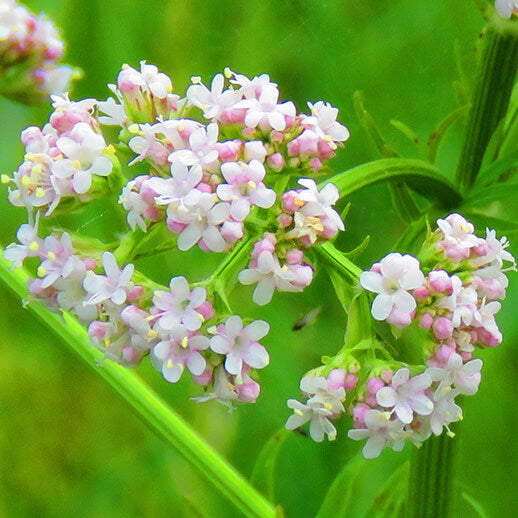
PIMPINELLA ANISUM
Anise
Digestive Support
Immune Support
WHAT IS IT?
This flowering plant is native to the Mediterranean region and Southwest Asia. It is in the Apiaceae family of plants and related to the Carrot and Parsley
WHAT IS IT USED FOR?
When an herb is used in a similar way across multiple cultures it speaks to the intelligence of the plant expressing itself for a very specific use.
More products with Anise
Active Consituents
Essential Oil (2-3% of which 80% is anethole), Essential Fatty Acids, Protein, Fiber
Parts Used
Seed
Additional Resources
The Natural History of Pliny 4. translators John Bostock, Henry Riley. London: Henry Bohn. 1856. pp. 271-274.
Important Precautions
Not for use during pregnancy. If you have a medical condition or take pharmaceutical drugs please consult your doctor prior to use.
Disclaimer
This information in our Herbal Reference Guide is intended only as a general reference for further exploration, and is not a replacement for professional health advice. This content does not provide dosage information, format recommendations, toxicity levels, or possible interactions with prescription drugs. Accordingly, this information should be used only under the direct supervision of a qualified health practitioner such as a naturopathic physician.
Why Gaia Herbs?
Plant-Powered
Harnessing traditional wisdom, delivering Nature's vitality
Potent
Full spectrum formulas for an herb's full array of beneficial compounds
Purity Tested
All products are screened for pesticides, microbes & heavy metals
Transparent
Know what's in your supplement— Meet Your Herbs to learn more